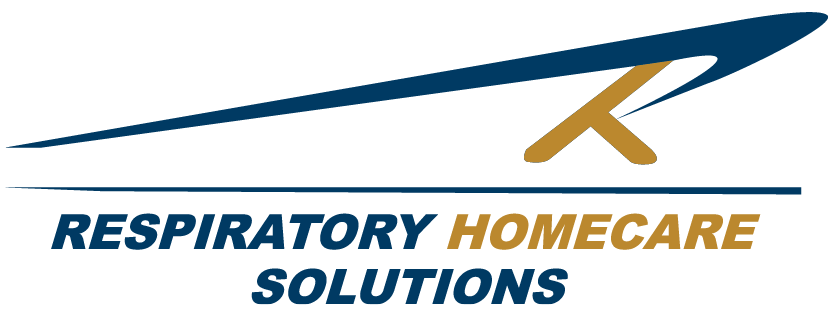If you have diabetes you should be aware of sleep apnea, a sleep disorder that can make your diabetes worse and put you at risk for other health conditions. Sleep Apnea is characterized by pauses in breathing during sleep. These breathing pauses are called apneas and involve decreased oxygen levels in the body that wakes you up during sleep. Untreated sleep apnea results in poor sleep and chronic fatigue due to repetitive sleep disruption. It also puts you at risk for other serious health conditions such as stroke, high blood pressure and heart disease.

There is an ever-growing number of studies that have shown that OSA is associated with insulin resistance, glucose intolerance and type 2 diabetes. Diabetes itself is a major risk factor and complication of OSA. Type 2 diabetes is a metabolic disorder that is increasing in epidemic proportions worldwide. It has been estimated that 90% of diabetes cases among Canadian adults are type 2. Major factors contributing to the development of type 2 diabetes include obesity and lack of physical activity.
Sleep apnea and type 2 diabetes often coexist because of shared risk factors like obesity. Prevalence estimates of OSA in obese adults (aged 30–69 years) range from 11 to 46% in women and 33 to 77% in men (Young et al., 2005.)
How to Screen Yourself for Sleep Apnea
Wondering if you have sleep apnea? The most common symptoms are very loud, persistent snoring, which may include pauses in breathing (apneas) followed by gasping for air or choking sounds. Other symptoms include chronic daytime fatigue, problems concentrating, mood swings and difficulty controlling blood pressure and blood sugar levels.
It’s easy to complete a quick screening quiz (STOP) to see if you should see your doctor to pursue further conclusive testing for sleep apnea. Take the Stop Bang test below or fill in our online screening quiz here
| S | Do you snore loudly? (Loud enough to be heard through a closed door) |
|---|---|
| T | Are you tired or fatigued during the day? (For example, you fall asleep while driving or during inactive times throughout the day) |
| O | Has anyone observed that you stop breathing during sleep? |
| P | Do you have, or are you being treated for, high blood pressure? |
If you answered yes to two or more of these questions, make an appointment to see your doctor.
Get Tested for Sleep Apnea

The next step may be a home sleep test (HSAT) that will record your oxygen levels, your breathing, your heart rate, chest movements and show if you were snoring and what position you slept in. RHS offers home sleep apnea tests and can provide a diagnosis of sleep apnea with the results interpreted by an independent sleep physician.
How to Treat Sleep Apnea

Sleep apnea is treated most often using Continuous Positive Airway Pressure therapy (CPAP) therapy. A CPAP machine involves wearing a mask over your nose allowing the machine to apply a small air pressure into the throat to keep the airway open.
The air pressure is adjusted to be just enough to keep the throat from closing up or becoming blocked during sleep. RHS carries a variety of CPAP equipment from all major suppliers to treat sleep apnea, snoring and other sleep disorders. Other treatments such as Oral Appliance Therapy (OAT) or surgery can also be effective treatment options depending on the severity of your sleep apnea.
Sleep apnea is serious and can increase risks for your overall health. If you have diabetes and untreated OSA your risk factor is even greater. Talk to your family doctor about sleep problems you, a bed partner or family member is experiencing.

